sculpey cooking instructions
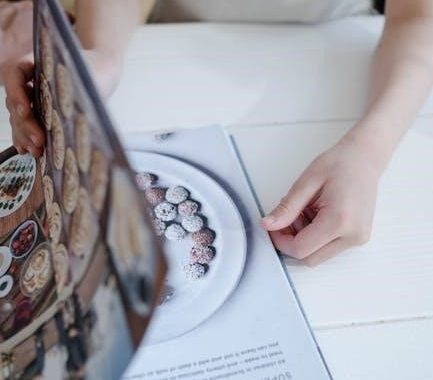
sculpey cooking instructions
Sculpey polymer clay is a popular crafting material that transforms into durable, long-lasting creations when baked. Proper baking ensures vibrant colors and strength, making it ideal for jewelry, ornaments, and home decor. Follow these guidelines to achieve professional results and unlock your creativity with Sculpey.
Overview of Sculpey Polymer Clay
Sculpey polymer clay is a versatile and widely used crafting material that hardens when baked in a home oven. It is made from a combination of polymer resin and pigment, offering vibrant colors and durability. Available in various types, such as Original, Premo, and Super Sculpey, each formulation suits different projects, from intricate jewelry to sturdy sculptures. The clay is pliable at room temperature, allowing for easy shaping and detailing. Once baked, it becomes rigid and long-lasting, making it ideal for decorative and functional items. Sculpey is a favorite among crafters due to its ease of use, consistency, and professional-grade results, perfect for both beginners and experienced artists.
Importance of Proper Baking Techniques
Proper baking techniques are essential for achieving desired results with Sculpey polymer clay. Incorrect temperatures or baking times can lead to undercooked or overcooked pieces, resulting in brittle or discolored finishes. Overbaking may cause warping or cracking, while underbaking can leave the clay soft and prone to breaking. Adhering to the recommended temperature of 275°F (135°C) and baking times based on thickness ensures durability and color retention. Proper baking also enhances the structural integrity of the piece, making it suitable for long-term use. Following guidelines prevents common issues like uneven curing or resin pooling, ensuring professional-quality finishes and lasting durability for your creations.
Materials and Tools Needed
A preheated oven, parchment paper or baking mat, and essential tools like rolling pins, cutters, and shaping instruments are necessary for successful Sculpey projects.
Essential Tools for Working with Sculpey
Working with Sculpey polymer clay requires a few key tools to ensure smooth and precise results. A good-quality rolling pin is essential for flattening and shaping the clay evenly. Sharp blades or cutters are necessary for trimming and cutting the clay into desired shapes or sizes. Shaping tools, such as toothpicks or modeling tools, help create intricate details and textures. A clean, durable work surface, like a silicone mat or parchment paper, prevents sticking and makes cleanup easier. Additional tools like molds or stamps can add unique patterns and designs to your projects. These tools collectively help simplify the crafting process and enhance creativity.
Recommended Baking Surfaces
When baking Sculpey polymer clay, choosing the right surface is crucial for even curing and preventing damage. Parchment paper is a popular choice as it prevents sticking and ensures easy cleanup. Glass surfaces, such as oven-safe glass sheets, provide a smooth finish and are easy to clean. Metal baking trays are durable and heat-conductive, ideal for consistent results. Oven-safe silicone mats are another excellent option, offering flexibility and protection against warping. Avoid using plastic or wood, as they may melt or burn. Always ensure the surface is oven-safe and place items evenly to allow proper air circulation. These surfaces help achieve professional-quality finishes and prevent unintended damage to your creations during the baking process.
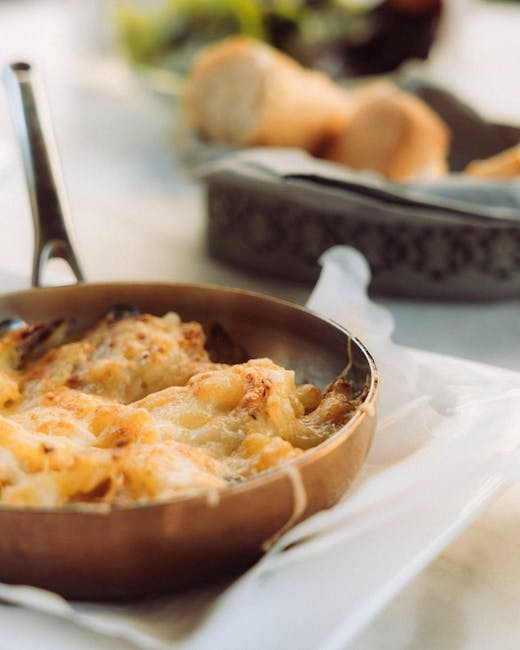
Preparing the Clay
Softening and conditioning Sculpey clay ensures easy manipulation. Knead the clay until pliable, or use a pasta machine to achieve uniform thickness. Proper preparation prevents cracking and promotes smooth shaping.
Softening and Conditioning Sculpey
Softening Sculpey clay is essential for easy manipulation. If the clay feels stiff, knead it gently until it becomes pliable. For tougher pieces, roll it through a pasta machine several times to break down the polymer structure. Conditioning ensures even texture and prevents cracking during shaping. Avoid overworking, as it can lead to stickiness. If the clay is too soft, let it cool slightly before handling. Proper conditioning guarantees smooth, even results and makes sculpting more enjoyable. Always store unused clay in an airtight container to maintain its workability for future projects.
Shaping and Sculpting Techniques
Mastering shaping and sculpting techniques is key to creating intricate Sculpey designs. Start by rolling out the clay evenly using a pasta machine or rolling pin to achieve uniform thickness. Use toothpicks, modeling tools, or household items to add textures and details. For complex shapes, layer small pieces together, ensuring smooth connections. Armatures made from wire or foil can provide structural support for larger or delicate designs. Experiment with blending colors by mixing small amounts of clay. Always work on a clean, sturdy surface to prevent accidental damage. These techniques allow for endless creativity, from delicate jewelry to intricate sculptures, ensuring your Sculpey projects are both durable and visually stunning.
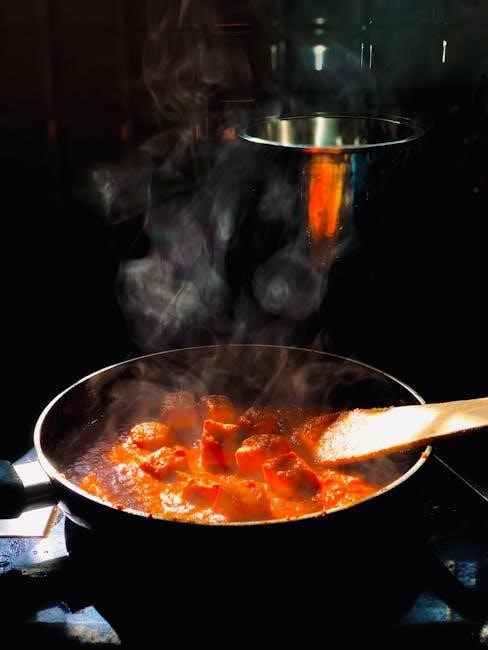
Baking Instructions
Preheat your oven to 275°F (135°C). Bake Sculpey for 15-30 minutes per 1/4 inch thickness on parchment-lined trays. Avoid microwaving and ensure adult supervision during the process.
Preheating the Oven
Preheating your oven is a critical step in baking Sculpey polymer clay. Set your oven to 275°F (135°C) and allow it to preheat for at least 15-20 minutes to ensure even heat distribution. Use an oven thermometer to verify the temperature accuracy, as incorrect heat levels can affect the curing process. Place your Sculpey creations on a parchment-lined baking sheet or oven-safe surface before inserting them into the preheated oven. Always follow the recommended temperature and avoid rushing this step, as proper preheating ensures consistent results. For best outcomes, refer to the specific instructions on the Sculpey packaging, as slight variations may exist between products.
Temperature and Time Guidelines
Baking Sculpey polymer clay requires precise temperature and time control to ensure proper curing. Preheat your oven to 275°F (135°C) and bake for 15-30 minutes per 1/4 inch of thickness. Thicker pieces may need longer baking times, while thinner ones require less. Always use an oven thermometer to confirm the temperature, as inaccuracies can lead to underbaked or overbaked clay. Avoid microwaving, as it can cause uneven curing. For consistent results, bake multiple pieces together if they fit, ensuring they don’t touch. Follow the specific guidelines on the Sculpey packaging, as slight variations may exist between products. Proper timing and temperature ensure durable, vibrant, and professional-looking creations.
Placing Clay on Baking Surfaces
Properly placing Sculpey clay on a baking surface is crucial for even curing. Use a heat-resistant surface like glass, metal, or parchment paper. Avoid placing clay directly on oven racks, as it may melt or deform. Ensure pieces are spaced evenly, not touching each other or the oven walls, to prevent unintended fusing. For intricate designs, use a silicone mat or oven-safe work mat to prevent sticking. Gently transfer the clay to the surface to avoid distorting its shape. Once placed, avoid moving the pieces until fully baked. This ensures smooth, even baking and professional-looking results. Always check the surface’s heat tolerance before baking to prevent damage. Proper placement guarantees a flawless finish for your Sculpey creations.
Cooling Process After Baking
After baking, allow the Sculpey clay to cool completely before handling. It’s crucial to let the pieces cool slowly to prevent cracking or breaking. Turn off the oven, crack the door open, and let the clay cool inside for about 10 minutes. Then, carefully transfer the pieces to a heat-resistant surface, such as a ceramic tile or parchment paper, to cool to room temperature. Avoid placing hot clay on surfaces that could warp or melt, like plastic. Do not rush the cooling process by submerging in water or using fans, as this can cause warping. Once cooled, the clay is durable and ready for finishing touches like painting or sealing. Proper cooling ensures strength and stability in your creations.
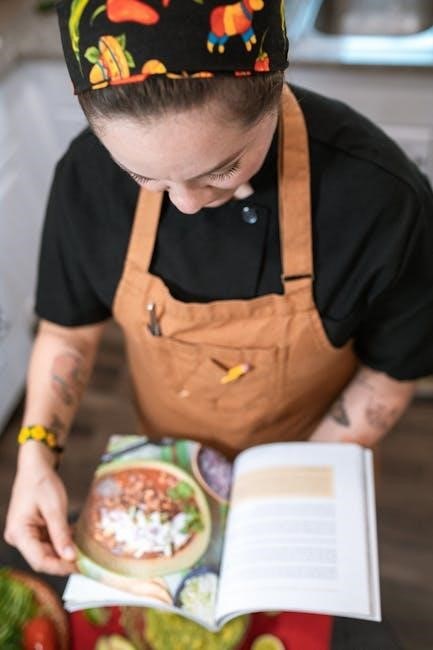
Safety Precautions
Always bake Sculpey in a well-ventilated area, and never exceed the recommended temperature. Adult supervision is required, and avoid inhaling fumes. Use oven mitts to handle hot surfaces.
Important Safety Tips for Baking
Baking Sculpey requires attention to safety to ensure a risk-free experience. Always preheat your oven to the recommended temperature of 275°F (135°C) and avoid exceeding it. Use oven mitts or tongs to handle hot pieces, as they can cause burns. Keep the baking area well-ventilated to prevent inhaling fumes; Never bake Sculpey in a microwave, as it can lead to uneven curing or damage. Adult supervision is essential, especially when children are involved. Ensure your workspace is clear of flammable materials and keep a fire extinguisher nearby. Follow the manufacturer’s guidelines strictly to avoid accidents and achieve the best results.
Monitoring the Baking Process
Monitoring your Sculpey pieces during baking is crucial for achieving the best results. Set a timer according to the thickness of your pieces, typically 15-30 minutes per 1/4 inch. Check the pieces halfway through baking to ensure even curing and prevent overbaking. Open the oven door slightly to peek, avoiding sudden temperature drops. Use a toothpick or skewer to gently test if the clay is firm but not hard. If underbaked, extend the baking time in short intervals. Once baked, allow the pieces to cool completely before handling to prevent warping. Proper monitoring ensures your creations are cured evenly and retain their shape and color.
ventilation and Workspace Safety
Ventilation and Workspace Safety
Proper ventilation and a safe workspace are essential when baking Sculpey polymer clay. Open windows or use a fan to ventilate the area, as the clay releases fumes during baking. Ensure your workspace is clear of flammable materials and away from children. An adult should always supervise the baking process. Keep a fire extinguisher nearby as a precaution. Avoid inhaling fumes directly and consider using a mask if ventilation is poor. Maintain a clean, organized workspace to prevent accidents. By prioritizing ventilation and safety, you can enjoy a worry-free crafting experience with Sculpey polymer clay, ensuring both your safety and the success of your project.
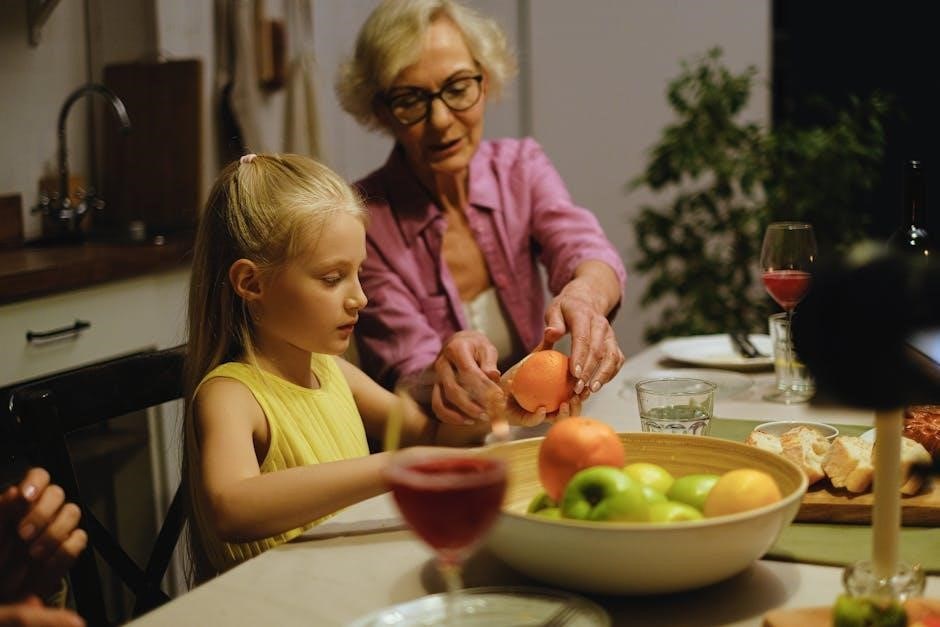
Tips for Achieving the Best Results
Preheat your oven to the recommended temperature and use parchment paper for even baking. Ensure consistent thickness in your pieces to prevent warping or cracking during the curing process.
Ensuring Even Baking
To achieve consistent results when baking Sculpey, preheat your oven to the correct temperature and use a food thermometer to ensure accuracy. Place pieces on a baking tray lined with parchment paper or a heat-resistant surface like glass or metal. Avoid overcrowding the tray to allow even heat distribution. For uniform thickness, roll out clay using a pasta machine or a rolling pin. Bake for the recommended time based on thickness, typically 15-30 minutes per 1/4 inch. Rotate the tray halfway through baking to prevent hot spots. This ensures all pieces cure evenly without warping or burning.
Preventing Warping or Cracking
To prevent warping or cracking when baking Sculpey, ensure pieces are of uniform thickness and avoid overcrowding the baking tray. Place clay on parchment paper, glass, or metal surfaces, as these conduct heat evenly. For intricate designs, use armatures sparingly and only if necessary, as they can cause uneven curing. Preheat the oven to 275°F (135°C) and bake for 15-30 minutes per 1/4 inch of thickness. Avoid sudden temperature changes, as this can lead to cracking. Allow pieces to cool completely on the baking surface before handling. Proper preparation and even heat distribution are key to achieving durable, crack-free results.
Using Armatures for Support
Armatures are essential for supporting complex or delicate Sculpey designs, ensuring they maintain their shape during baking. Use heat-resistant materials like wire or aluminum foil to create lightweight frameworks. Gently mold the clay around the armature, ensuring it is securely attached. Avoid bulky structures that could interfere with even baking. For intricate pieces, apply a thin layer of clay to cover the armature completely. This technique is especially useful for figurines, jewelry, or designs with thin protrusions. Properly secured armatures prevent warping and cracking, allowing your creations to retain their intended form after baking. Experiment with different materials and shapes to achieve the desired structural integrity for your projects.
Painting and Finishing After Baking
After baking, allow your Sculpey creations to cool completely before painting. Use acrylic or enamel paints to add color and details, applying thin, even coats. Let each layer dry fully to prevent smudging. For a glossy finish, apply a clear varnish or sealant specifically designed for polymer clay. Avoid using water-based products, as they may damage the baked clay. Sanding lightly between paint layers can create a smoother surface. Experiment with metallic paints or mica powders for added texture and depth. Properly sealing your work protects it from dust and enhances durability. This step transforms your baked Sculpey into a polished, professional-looking piece of art.
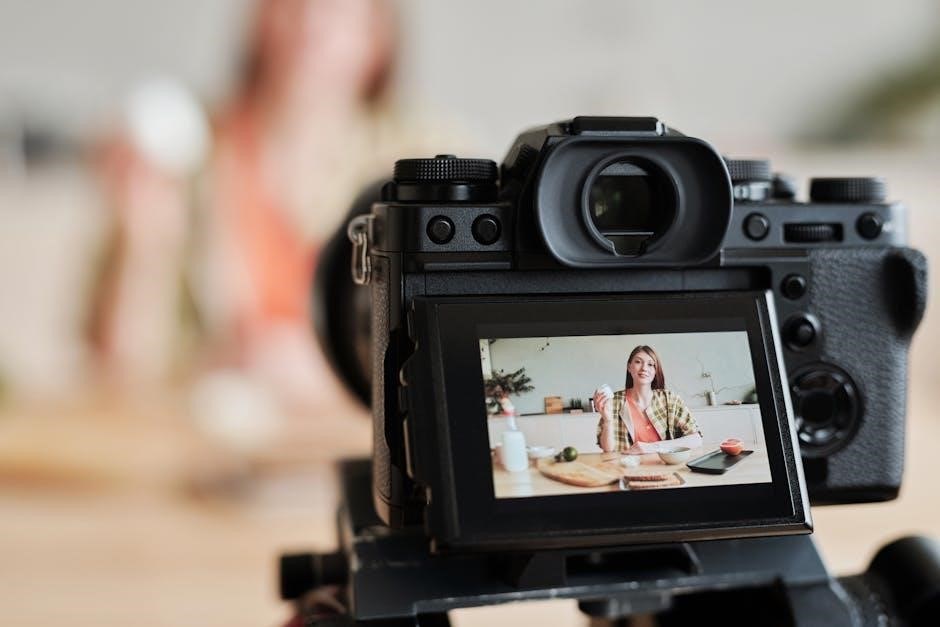
Common Mistakes to Avoid
Overbaking or underbaking Sculpey can ruin your project. Ensure you follow the recommended temperature and time guidelines to achieve the perfect cure for your creations.
Overbaking or Underbaking Sculpey
Overbaking Sculpey can cause discoloration, making the clay brittle or even crack. Underbaking leaves it soft and prone to breaking. Always bake at 275°F (135°C) for 15-30 minutes per 1/4 inch thickness. Monitor the clay during baking to ensure proper curing. Signs of overbaking include darkening or bubbling, while underbaked clay may feel flexible or sticky. Follow package instructions precisely to avoid these issues. Proper baking ensures durability and a professional finish for your creations.
Troubleshooting
Common issues include uneven baking, warping, or discoloration. Check oven temperature accuracy and ensure even clay thickness. Avoid overheating, which can cause brittleness or cracking. Proper ventilation prevents fumes, enhancing workspace safety and project success. Monitor baking times closely for optimal results. Adjust thickness or baking time as needed to fix issues. Always refer to guidelines for specific clay types to troubleshoot effectively and achieve desired outcomes in your Sculpey projects.
Fixing Common Baking Issues
If your Sculpey project emerges from the oven with uneven baking, warping, or discoloration, several solutions can help. First, ensure your oven temperature is accurate using an oven thermometer, as incorrect heat can cause inconsistencies. If the clay is too thick, it may not bake evenly, so consider adjusting the thickness next time. Warping can often be fixed by baking the piece again at the correct temperature for a shorter duration. Discoloration might be due to overheating, so monitor the baking process closely. For brittle or cracked pieces, check if the baking time was too long or the temperature too high. Proper ventilation is also crucial to prevent fumes and ensure a safe working environment. By addressing these common issues, you can salvage your project and achieve the desired result. Always refer to the specific guidelines for your Sculpey product to troubleshoot effectively and ensure successful outcomes in future baking sessions.
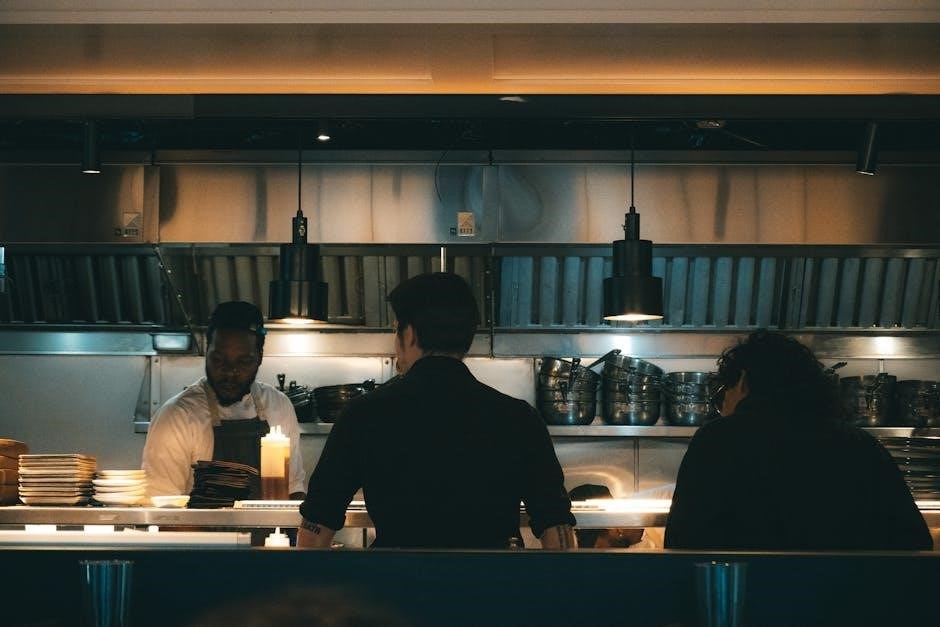
Advanced Techniques
Mastering layering, mixed media, and complex designs elevates Sculpey projects. Advanced techniques include creating intricate details, using armatures for support, and experimenting with textures and embellishments. Explore these methods to push your creativity and achieve stunning results.
Layering and Complex Designs
Creating intricate designs with Sculpey involves layering thin sheets of clay to build dimension and complexity. Start with a base layer, allowing each addition to set slightly before adding more details. Use tools like toothpicks or texture stamps to enhance patterns. For stability, ensure each layer is securely attached. Bake in stages if necessary, especially for thick pieces, to prevent warping. Experiment with blending colors and embedding small objects for unique effects. Properly baked layers will fuse seamlessly, resulting in durable and visually striking creations. This technique is ideal for crafting detailed jewelry, ornaments, and decorative items with professional finishes.
Mixed Media and Embellishments
Mixed media techniques allow you to incorporate various materials into your Sculpey projects for added texture and visual interest. Embed beads, fabric, or metal components into the clay before baking for unique designs. Resin or varnish can be applied after baking to protect and enhance the finish. Experiment with paint, glitter, or inks to add color and depth. For dimensional effects, layer clay with paper or foil. Properly seal embellishments to ensure durability. These techniques expand creative possibilities, making Sculpey ideal for crafting intricate jewelry, ornaments, and decorative items with a personalized touch. Always bake according to instructions before adding final embellishments for best results.
Baking Multiple Pieces at Once
Baking multiple Sculpey pieces simultaneously can save time and effort. Arrange pieces on a parchment-lined baking tray, ensuring they are evenly spaced and not touching to prevent warping or sticking. Use a preheated oven at 275°F (130°C) and bake for the recommended time based on the thickest piece. For uniform curing, avoid overcrowding the tray. If pieces vary in thickness, place thicker ones toward the oven’s center for consistent heating. Monitor the baking process to ensure all pieces cure properly without overbaking. This method is efficient for crafting multiple items like beads, ornaments, or charms, allowing you to achieve professional results while maximizing your oven’s capacity.
Mastering Sculpey cooking instructions ensures professional results, unlocking endless creative possibilities. By following proper techniques, you can achieve durable, vibrant, and long-lasting creations safely and effectively every time.
Final Thoughts on Sculpey Cooking
Cooking Sculpey polymer clay is a straightforward process when done correctly. Always preheat your oven to the recommended temperature of 275°F (135°C) and bake for 15-30 minutes per 1/4 inch of thickness. Avoid microwaving, as it can cause uneven curing. Proper ventilation is essential, and adult supervision is advised. The key to success lies in precise temperature control and adherence to baking times. Experiment with techniques like layering or mixed media for complex designs. Remember, patience and attention to detail will ensure your creations are durable and visually stunning. With practice, you’ll master the art of Sculpey cooking and enjoy countless crafting possibilities.